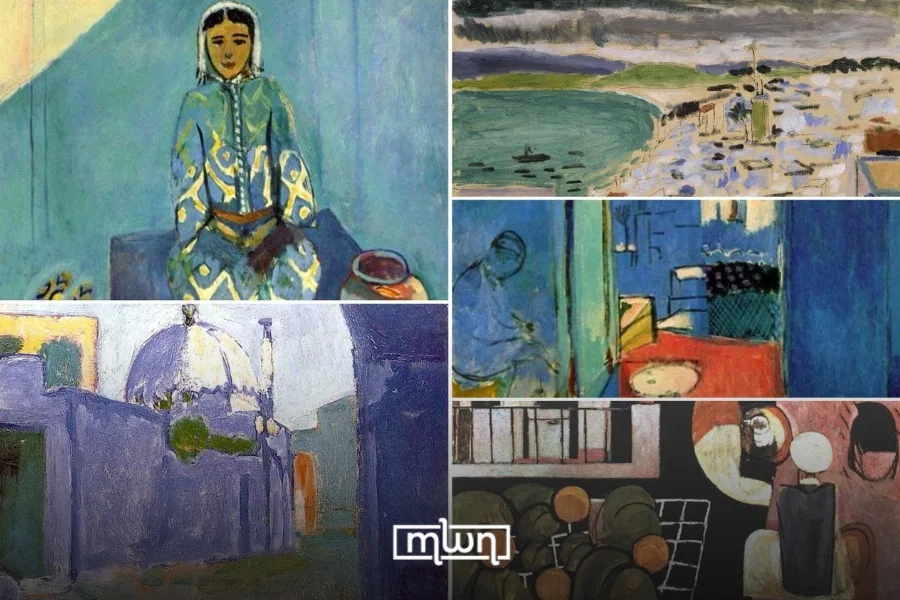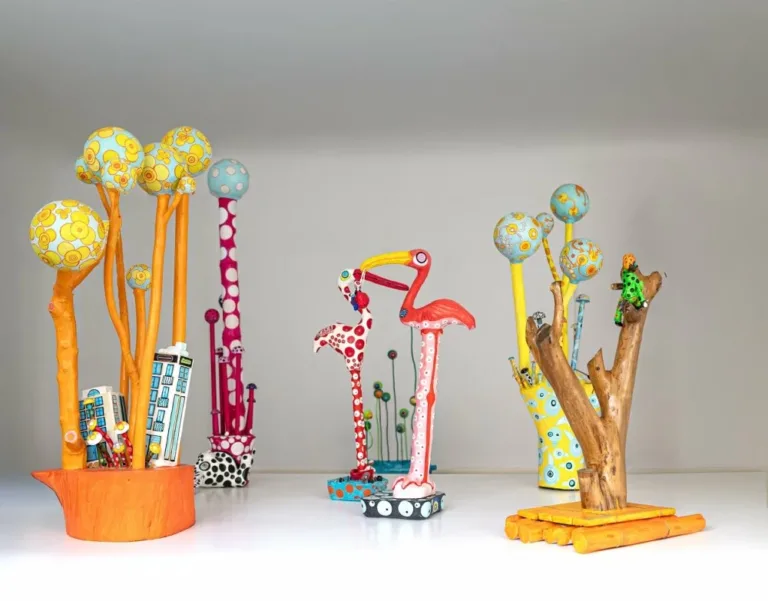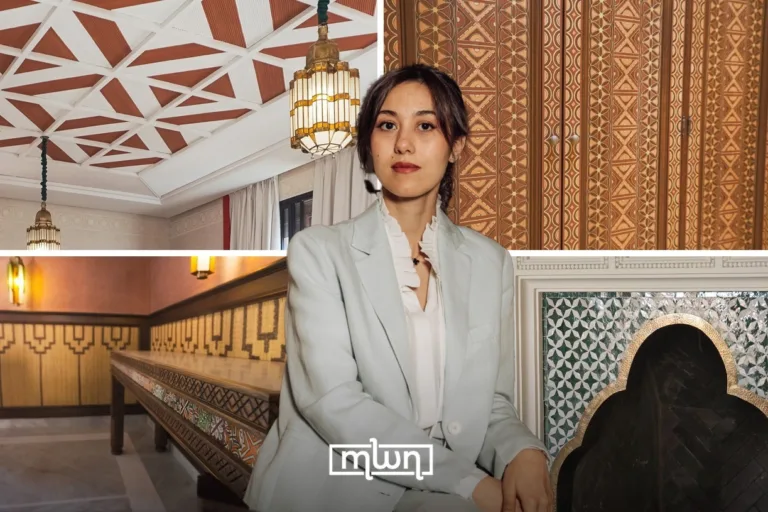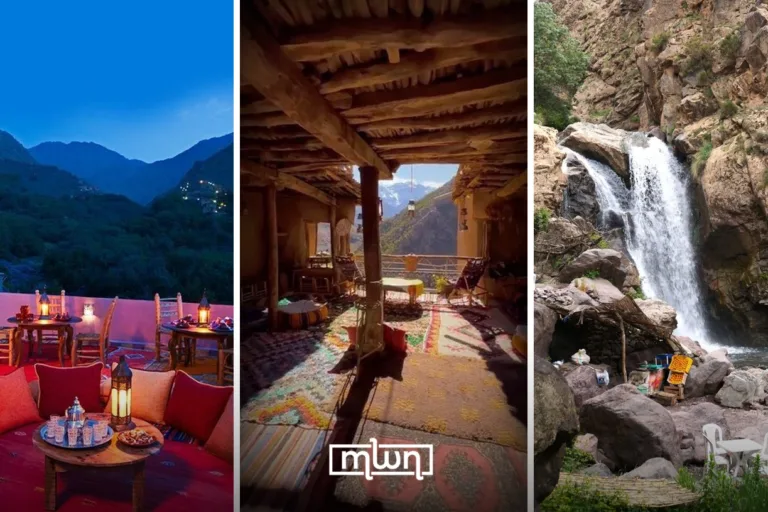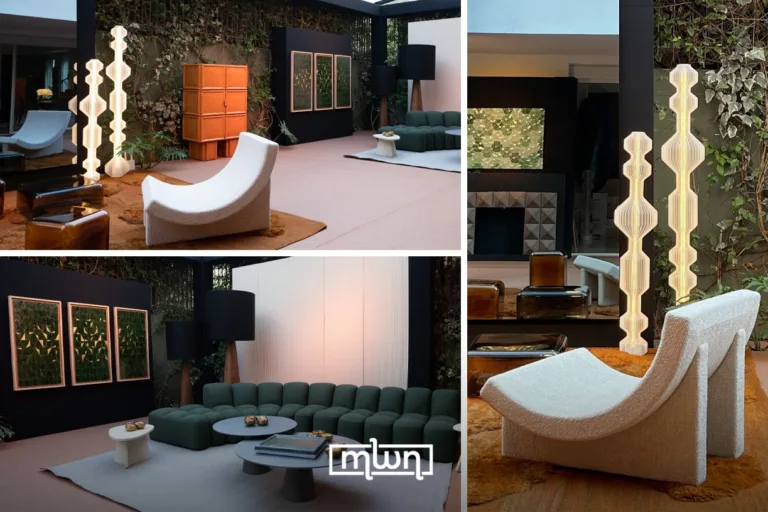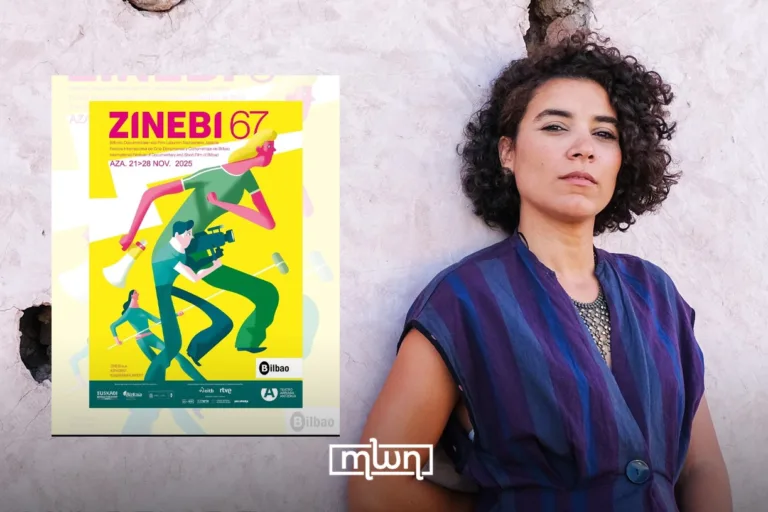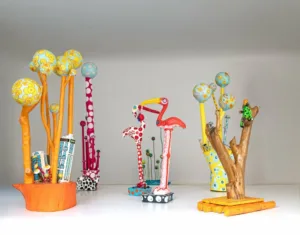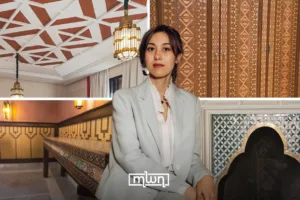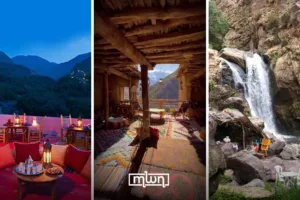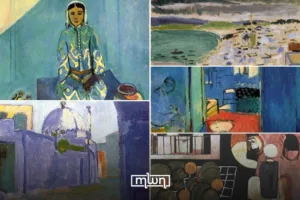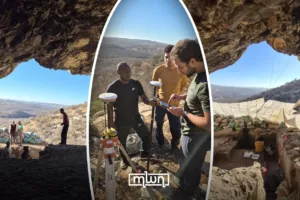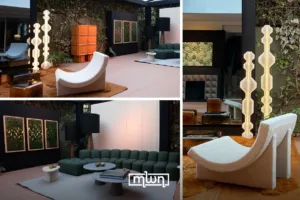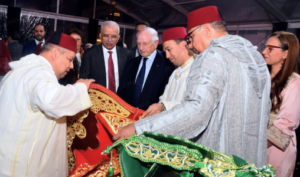Rabat – Morocco’s very own city of Tangier once served as a muse for the renowned French artist Henri Matisse. One can certainly draw a line between the city’s aesthetic and Mattise’s bright, expressive style and staple simple shapes.
Mattise initially explored Expressionist and Fauvist ideas around 1905 – the launch of his career. But by 1912 the artist was in need of a break. A new style – Cubism – was dominating the scene. Feeling disconnected from this new Cubism style, and lacking inspiration, Matisse needed to escape Paris. He chose Tangiers as his destination to complete commissions from Russian collectors Sergei Shchukin and Ivan Morozov.
The change of scenery was a success. After a difficult start in the winter of 1912 (where incessant rain kept him trapped inside) he produced 20-24 oil paintings and over 60 drawings from January to April 1912 and October 1912 to February 1913.
Contemporary views
Many Westerners in the early 1900s saw North Africa through an exoticized colonial lens, but Matisse appears to have differed from his contemporaries. His focus on light and color in his painting is proof that he saw Morocco differently.
How was Matise different?
Going against the common Western practices of staging and (or completely fabricating) exoticized compositions for portraits, Matisse painted his Moroccan subjects as they really were. Often considered central compositions to his output during this time are the portraits of the mysterious ‘“Zorah,” presented fully clothed as Matisse had been unable to find nude models.
How did Morocco affect Matisse?
Matisse was no stranger to Arab and Islamic art; he was exposed to Islamic art in the 1900 World Fair in Paris, and again in 1910 in Munich. But it was through his stay in Morocco that Matisse came to fully value local decorative artwork – especially inspired by the way art is woven into everyday life in Morocco through tiles, carpets, and carved wood.
Following his return to France, the cubist-style “The Moroccans,” 1915-1916 shows that instead of presenting a fictional vision of Morocco as reality (as many Western artists did for commissions) Matisse presented colors inspired from his time in Morocco, but creates a deliberately and honestly imagined composition which is very different to his landscapes made in Tangiers.

